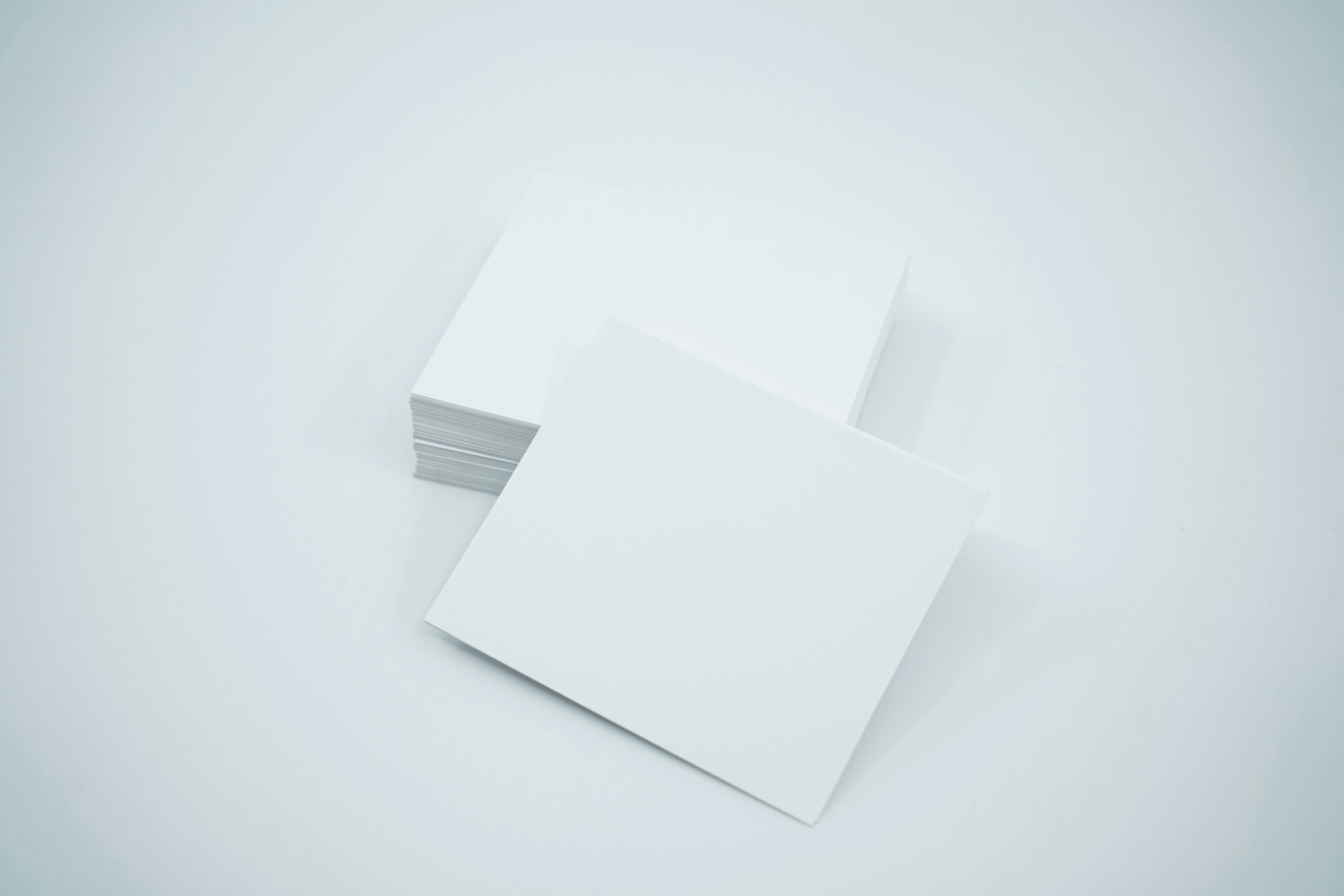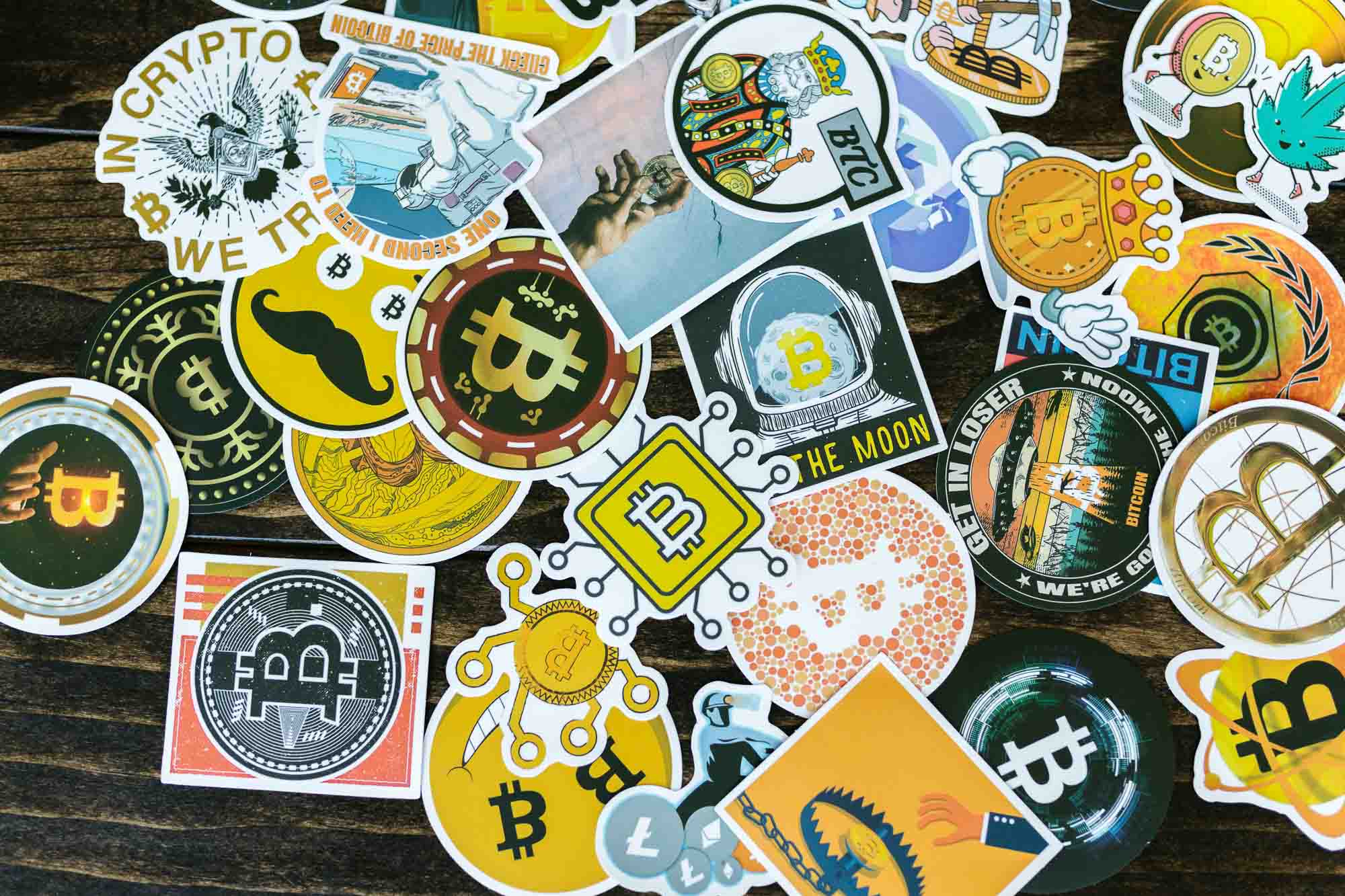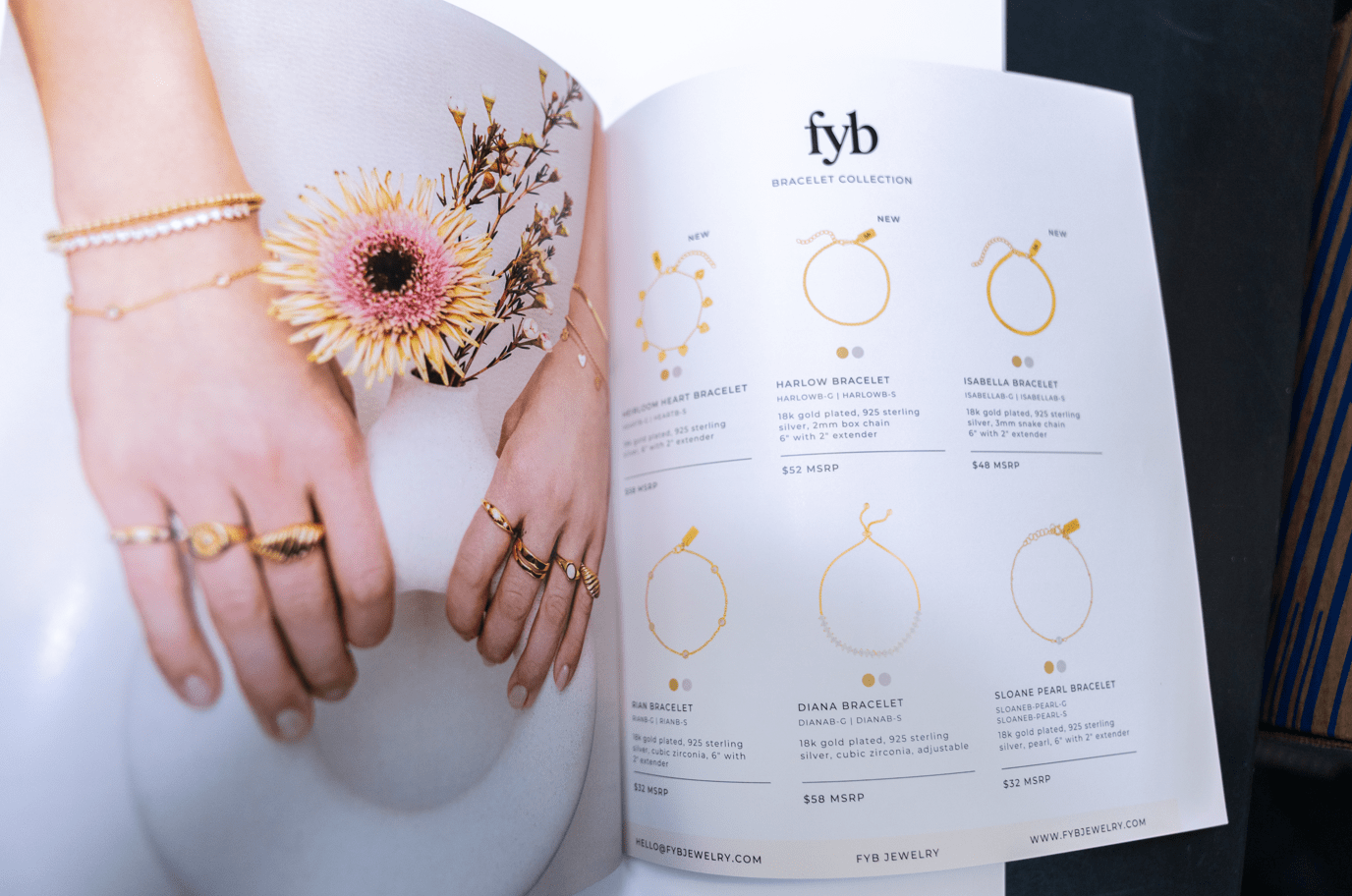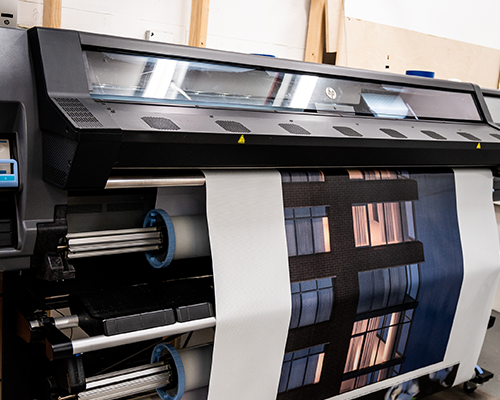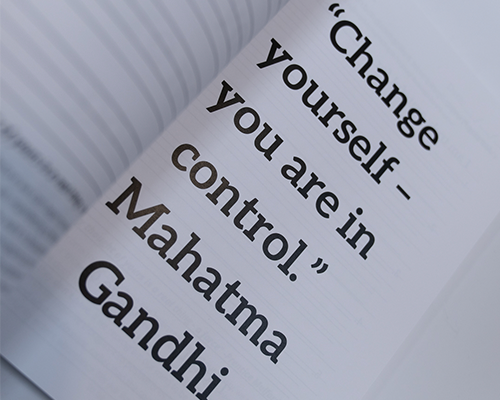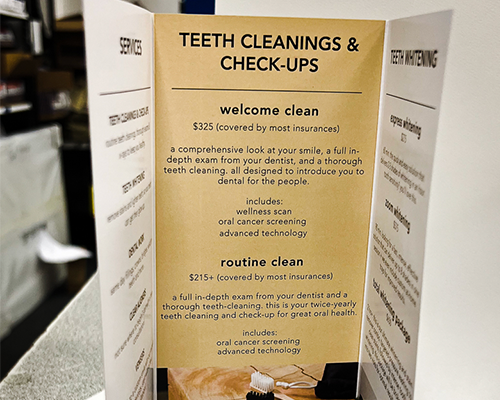With the world becoming increasingly digitized it may seem a little “old-school” to use business cards today. While smartphones and digital networking may increasingly dominate business interactions, business cards can still be a powerful tool in business networking in an increasingly paper-less world. You’ll still often find them in stores sitting on the counter – a testament to their staying power and usefulness.
Reasons why business cards are still relevant today
1. Tangible connection: Tangibility still has a profound psychological impact on people today. That’s what actual paper books are still selling today and why people records are still one of the most consistent mediums for buying music. When you hand someone a physical object it has tangibility and creates a more memorable impact and connection. Not only that, when they find your business card later, it will remind them of the interaction you had when you gave it to them.
2. Branding Opportunity: Business cards can be completely customizable and tailor-made to fit your brand’s voice and style. In the same way your social media profiles can project a different tone, mood, or style, business cards can fit into the same branding effort and create a cohesive visual identity that not only exists online but in the real world too. Consider all of these different ways business cards can be created to fit your brand.
3. Bridging the gap between physical and digital: While certain smartphones and apps can make it easy to share contact information, not everyone uses the same platforms or apps and not everyone will have their business information versus their personal information readily exchangeable. You can bridge that gap by including a QR code on one side of your business card to readily direct people to your website, your contact information, an advertisement, or any online link you choose.
3. It’s quicker: Nothing is easier than handing a person a physical card. It requires less effort than pulling out a smartphone or typing in an address and engages the receiver.
4. Lasting Impressions: With a unique design, a memorable exchange, or a clever placement, a business card can leave people with a lasting impression of the interaction they had with you or the product or company they can associate that card with.
Choosing a business card
A business card doesn’t have to be the stereotypical plain white card with black text – in fact we almost recommend NOT going that route unless it fits your brand profile. Business cards can be customizable in several different ways you may not have even considered! Consider all of the different options you have in creating a business card.
Different options for business cards
1. Card Size:
- Standard: Typically 3.5 x 2 inches.
- Square: Various dimensions, such as 2.5 x 2.5 inches.
- Mini: Smaller than standard, often around 3.5 x 1.75 inches.
- Custom: Any size you prefer, tailored to your design needs.
2. Paper Type:
- Matte: Smooth, non-glossy finish; good for a professional look.
- Glossy: Shiny finish that enhances colors and graphics.
- Textured: Includes options like linen or laid for a tactile feel.
- Recycled: Eco-friendly option made from recycled materials.
- Premium Stock: Higher quality, thicker paper for a luxurious feel.
3. Card Thickness:
- Standard: Usually around 14-16 pt thickness.
- Extra-thick: Can go up to 32 pt or more for a sturdier card.
4. Finish:
- Matte: Non-reflective and smooth.
- Glossy: Shiny and reflective.
- UV Coating: Adds a protective, high-gloss layer.
- Spot UV: Glossy highlights on specific areas of the card.
5. Design:
- Custom Design: Created by a graphic designer to match your brand.
- Templates: Pre-designed layouts you can customize with your information.
- DIY Design Tools: Online tools that let you design your card from scratch.
6. Color:
- Full-color: Vibrant and detailed printing.
- Black and White: Classic and professional.
- Spot Color: Uses one or two colors for a specific effect.
7. Orientation:
- Landscape: Wider than tall, typical for most business cards.
- Portrait: Taller than wide, can stand out visually.
8. Special Features:
- Rounded Corners: Softer edges that can make the card feel unique.
- Embossing: Raised text or graphics for a 3D effect.
- Foil Stamping: Metallic foil applied to certain areas for a shiny effect.
- QR Codes: Scannable codes that link to your website or digital portfolio.
9. Quantity:
- Small Batch: Fewer cards, suitable for startups or events.
- Bulk Orders: Larger quantities, often more cost-effective per card.
10. Budget:
- Cost per Card: Depends on material, finish, and additional features.
- Total Budget: Consider the overall cost based on the number of cards and your design choices.
These choices allow you to customize your business cards to reflect your brand’s identity and meet your specific needs. With all of these different options the opportunities to create something unique to you and your business and make a real statement are endless.
What should my business cards have on them?
With so many different options to choose from for how to design your cards, don’t forget to think about the content that’s on the card themselves.
Essential Information:
1. Name: Your full name, typically in a larger or bold font.
2. Job Title: Your position or role within the company.
3. Company Name: The name of your business or organization.
4. Contact Information:
- Phone Number: Include a direct line or main office number.
- Email Address: Use a professional email address, ideally linked to your company domain.
5. Website: Your business’s website URL.
Additional Content Ideas:
1. Social Media Handles: Include relevant professional social media profiles (e.g., LinkedIn, Twitter).
2. Address: Physical location of your business, if relevant to your industry.
3. Logo: Incorporate your company logo for brand recognition.
4. Tagline or Slogan: A brief phrase that encapsulates your business’s mission or value proposition.
5. QR Code: A scannable code that leads to your website, portfolio, or digital business card.
6. Certifications or Qualifications: Highlight any relevant professional certifications or qualifications.
7. Company Motto or Mission Statement: A brief statement that reflects your business’s core values.
8. Photo: Your professional headshot, useful in networking to help contacts remember you.
Design Considerations:
1. Layout: Ensure the layout is clean and organized, with a clear hierarchy of information.
2. Font Choice:Use professional, easy-to-read fonts and maintain consistency with your brand’s typography.
3. Color Scheme: Reflect your brand’s colors to enhance brand recognition.
4. Material and Finish: Choose between matte, glossy, textured, or recycled materials based on the impression you want to make.
Tips for Effective Business Cards:
1. Simplicity: Keep the design simple and avoid clutter. Too much information can overwhelm the recipient. Remember: the goal of the business card is to convey the crucial information you want.
2. Readability: Ensure all text is legible, with sufficient contrast between text and background.
3. Balance: Balance visual elements and text to create an aesthetically pleasing card.
4. Proofread: Carefully proofread all content to avoid any mistakes or outdated information.
5. Consistent Branding: Align the business card design with your overall branding strategy to maintain a cohesive look across all marketing materials.
Examples of Creative Elements:
1. Interactive Elements: Consider adding elements like augmented reality (AR) codes that can bring the card to life when scanned.
2. Unique Shapes: Opt for non-traditional shapes or die-cuts to make your card stand out. Just don’t overdo it! You don’t want inconvenience your new contact and create a negative impression from being too over the top.
3. Textures: Use embossing, debossing, or spot UV to create a tactile experience.
If you’re overwhelmed by all of the choices and considerations above, remember you can always hire a graphic designer or consult with us about the best and most appropriate choices for your business. Make creating a business card a fun and creative process!
Conclusion
While digital networking continues to grow, business cards retain their unique value in the professional world. They offer a tangible, professional, and versatile way to make connections, reinforce your brand, and facilitate follow-ups. Embracing both digital and traditional networking methods ensures you are prepared for any professional encounter. You can start to create your unique business cards here or consult with us to discover a design that fits your brand voice.


